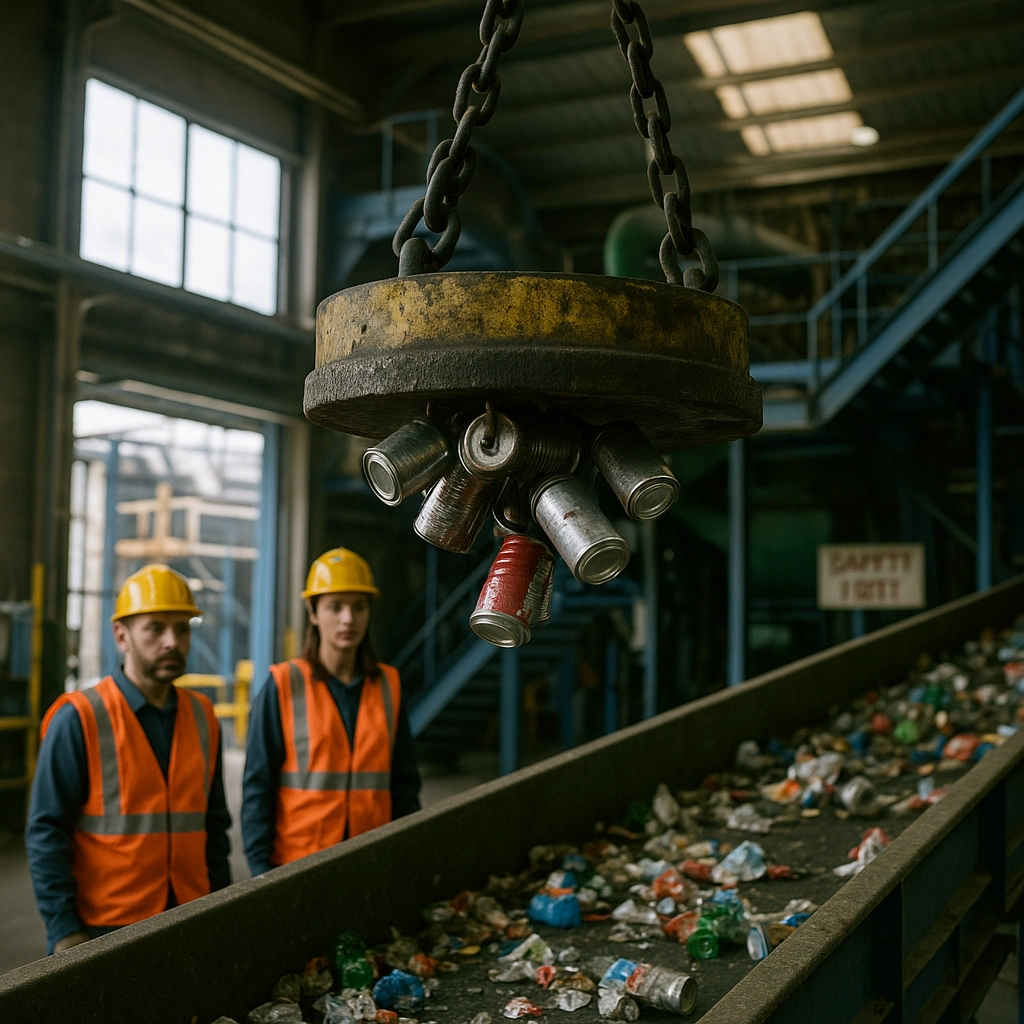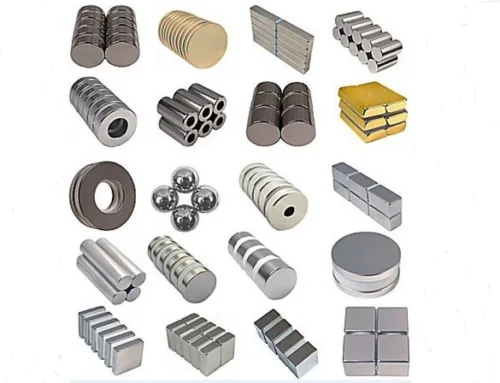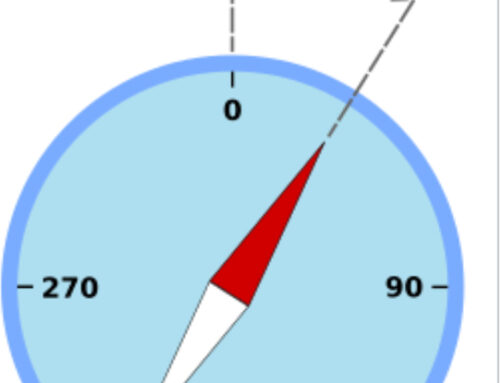Understanding Different Types of Magnets
When learning how to recycle magnets, it’s important to first understand the common types and their differences. Magnets vary based on their composition, strength, and recyclability. The main types you’ll encounter include neodymium, ferrite, samarium-cobalt, and alnico magnets. Each has unique properties that affect recycling methods.
| Magnet Type | Composition | Strength | Recyclability | Common Uses |
|---|---|---|---|---|
| Neodymium (NdFeB) | Neodymium, iron, boron | Very strong | Moderate to high, but requires special processes | Electronics, motors, magnets |
| Ferrite | Iron oxide and ceramic materials | Moderate | Easier to recycle due to stable material | Speakers, fridge magnets |
| Samarium-Cobalt | Samarium and cobalt | High, heat resistant | Difficult, rare earth elements require careful handling | Aerospace, military |
| Alnico | Aluminum, nickel, cobalt | Moderate to high | Simple mechanical recycling possible | Sensors, microphones |
Recycling methods differ because each type varies in material makeup and how the magnet responds to processes like demagnetization and chemical treatment. For example, neodymium magnets contain rare earth metals that need recovery through specialized methods, while ferrite magnets are more stable and easier to process mechanically.
Knowing the magnet type helps determine the best recycling approach and ensures valuable materials are properly recovered, reducing environmental impact.
Why Recycle Magnets
Recycling magnets is important for several reasons. First, it helps reduce landfill waste. Magnets often contain hazardous materials like heavy metals and toxic coatings that can harm the environment if thrown away improperly. By recycling, we keep these risks out of the soil and water.
Second, there are solid economic benefits. Many magnets, especially rare earth magnets like neodymium, contain valuable materials that can be recovered and reused. Recycling these elements reduces the need for mining new raw materials, which is costly and environmentally damaging.
Challenges in Magnet Recycling
Recycling magnets isn’t as simple as tossing them in a bin. Several hurdles make the process tricky:
Material Complexity
- Adhesives and coatings: Magnets often come glued or coated for protection, making it hard to separate magnetic material cleanly.
- Magnetic alloys: Different magnet types—like neodymium, ferrite, and alnico—have complex mixtures of metals and rare earth elements, complicating extraction and recycling.
Safety Hazards
- Injury risk: Powerful magnets can snap together suddenly, causing pinches or cuts.
- Toxic dust and coatings: Grinding magnets releases fine dust that may contain harmful substances, requiring careful handling and protective gear.
Technical Challenges
- Separation process: Extracting magnet materials from casings, plastics, or electronic parts needs specialized equipment and methods like mechanical separation or thermal treatment.
- Preserving material quality: The goal is to recover rare earth elements without degrading their magnetic properties, which isn’t easy with current technology.
These obstacles mean that magnet recycling usually requires industrial facilities with the right tools and expertise rather than simple DIY solutions.
How to Recycle Magnets Step-by-Step Process

Recycling magnets starts with identifying and classifying the magnet type. Different magnets like neodymium, ferrite, samarium-cobalt, and alnico have unique compositions, so sorting them correctly is key for effective recycling.
Next, prepare the magnets by disassembling the devices they’re in and demagnetizing the magnets if needed. Demagnetization helps reduce safety risks and makes processing easier.
When it comes to recycling methods, there are several options depending on the magnet type and available resources:
- Mechanical separation: Breaking down magnets physically to separate magnetic materials from metals or plastics.
- Chemical processes: Using acids or solvents to extract rare earth elements or clean coatings.
- Thermal treatment: Heating magnets to remove coatings or change properties, making materials easier to reclaim.
For most people, industrial recycling facilities offer the best results since they have specialized equipment for handling hazardous materials safely and recovering valuable components efficiently. However, if you’re dealing with small quantities, DIY recycling can be done by carefully disassembling magnets, safely storing the materials, and bringing them to local recycling centers that accept magnetic waste.
DIY Tips for Safely Recycling Small Magnets at Home
If you’re looking to recycle small magnets at home, safety is key. Handle magnets carefully—they can snap together quickly and cause pinched skin or chips flying off. Store them in a secure container, away from electronics and metal objects, to keep them safe and avoid damage.
Before recycling, consider creative reuse options. Old magnets work great for crafts, like fridge magnets or DIY organizers. They’re also useful in educational projects to teach kids about magnetism. This gives your magnets a second life without needing special recycling.
When you’re ready to recycle, check with local recycling centers. Many accept magnets, especially rare earth types, but policies vary. You can easily find nearby options by searching “magnet recycling near me” or “rare earth magnet disposal” online. This helps you manage magnet waste responsibly without hassle.
The Role of Magnetic Material Suppliers in Magnet Recycling
Magnetic material suppliers like NBAEM play a big part in making magnet recycling easier and more effective. They help manage the entire magnet lifecycle, from production to recycling, ensuring materials don’t go to waste.
These companies provide recycled magnetic materials that meet high-quality standards, offering an eco-friendly alternative to brand-new magnets. By doing this, they help reduce the demand for raw rare earth elements, which benefits the environment and cuts costs.
Many suppliers also run take-back or recycling programs where customers can send back used magnets instead of throwing them away. This kind of service supports proper magnet waste management by safely handling and processing old magnets, keeping hazardous components out of landfills.
Overall, suppliers like NBAEM are key partners in promoting sustainable magnet use and recycling across industries in the U.S., making it easier for businesses and individuals to recycle magnets responsibly.
Future Trends in Magnet Recycling and Sustainable Magnet Technologies
Magnet recycling is evolving fast, especially for rare earth magnets like neodymium, which are tough to recycle but valuable. Advances in recycling technology are making it easier to recover these materials efficiently, cutting down waste and reducing reliance on mining new resources.
We’re also seeing new magnet materials designed with recycling in mind—these eco-friendly magnets break down more easily or use fewer harmful components. This shift helps simplify the recycling process and lessens environmental impact.
NBAEM is playing a key role here by pushing innovative methods that improve magnet reuse and reduce waste. Their sustainability initiatives focus on creating high-quality recycled magnets and setting up take-back programs, supporting a circular magnet economy tailored for the U.S. market and beyond.





[…] Materials: Many magnets use recycled metals. Learn about magnet recycling benefits for eco-friendly […]